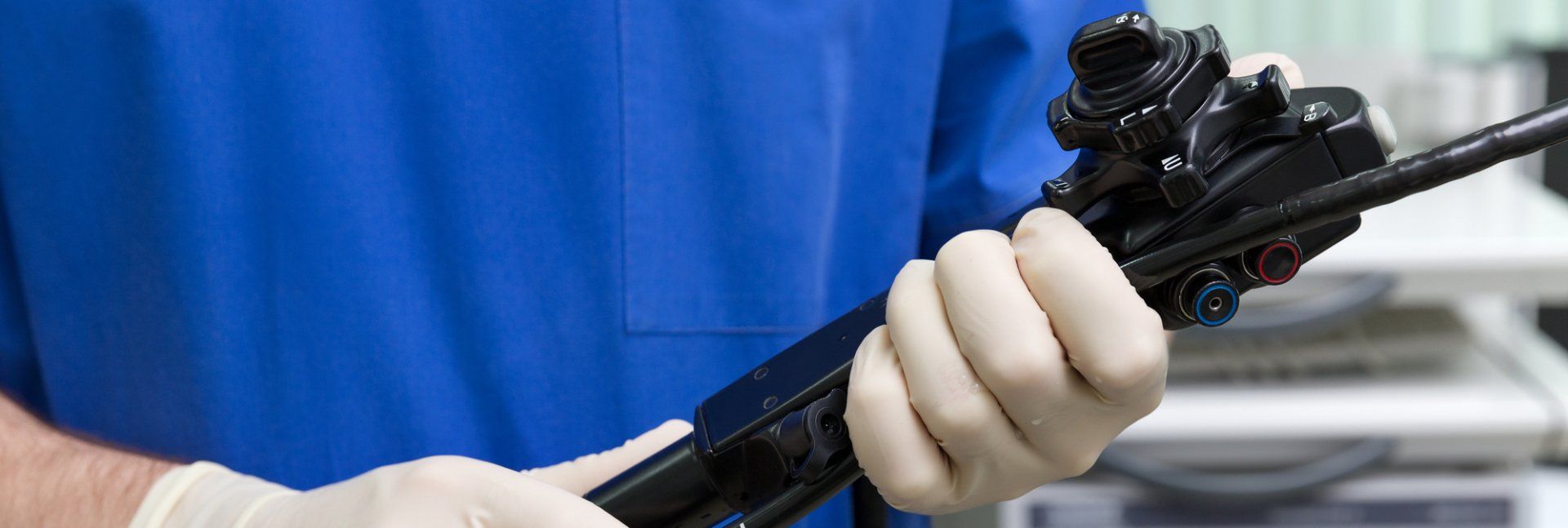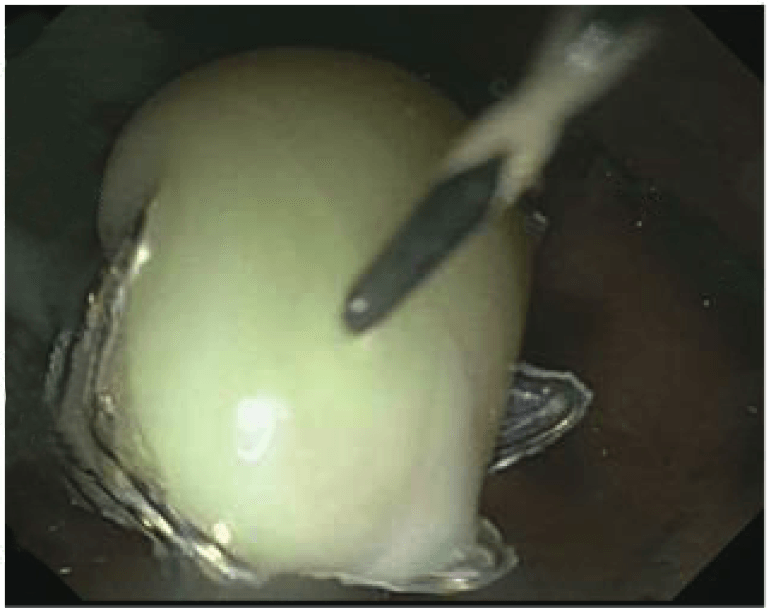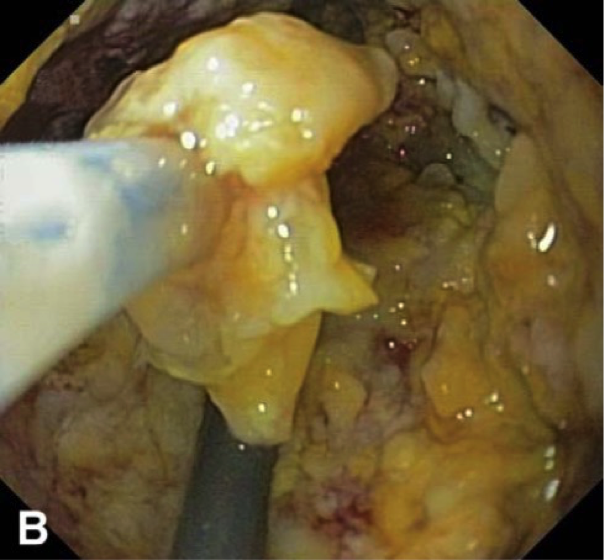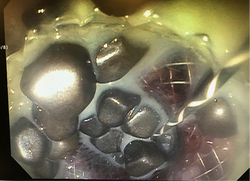Therapeutic Endosonography
EUS-Guided Celiac Plexus Block and Celiac Plexus Neurolysis
EUS-Guided Fiducial Placement
EUS-Guided Glue and Coils Injection
Endoscopic Transmural Drainage of Pseudocyst and Abscesses
Pancreatic Necrosectomy
EUS-Guided Gallbladder Drainage
EUS-Guided Biliary and Pancreatic Duct Drainage
EUS-Directed Transgastric ERCP (EDGE)
For patients who have developed gallstones after a gastric bypass. Dr. Michel Kahaleh and his Advanced Endoscopy team are the first medical team to perform this internal minimally-invasive gallstone removing operation. An EUS-Directed Transgastric ERCP, or EDGE, creates a stent bridge from the native stomach to the bypassed stomach. By using an EUS, Dr. Michel Kahaleh can perform the operation with great accuracy, being able to locate the gallstones almost immediately. As well as identify the most optimal place to implant the stent, by being guided with the EUS image and endoscope. The stent shortens the distance required to access the ampulla, making gallstone removing much easier.
EUS-Guided Gastrojejunostomy
When a patient has an obstruction to their gastrointestinal (GI) tract, typically the patient can have an open-and-shut surgery performed to re-route the intestine, around the obstruction. Dr. Michel Kahaleh and his Advanced Endoscopy team have developed a minimally-invasive alternative to surgery. By using an endoscope attached with an EUS device, Dr. Michel Kahaleh can easily identify the obstruction and plan where he will re-route the intestine. By implanting a stent from the small-intestine into the stomach with an endoscope, patients can eat and digest normally without having to undergo an invasive procedure.






